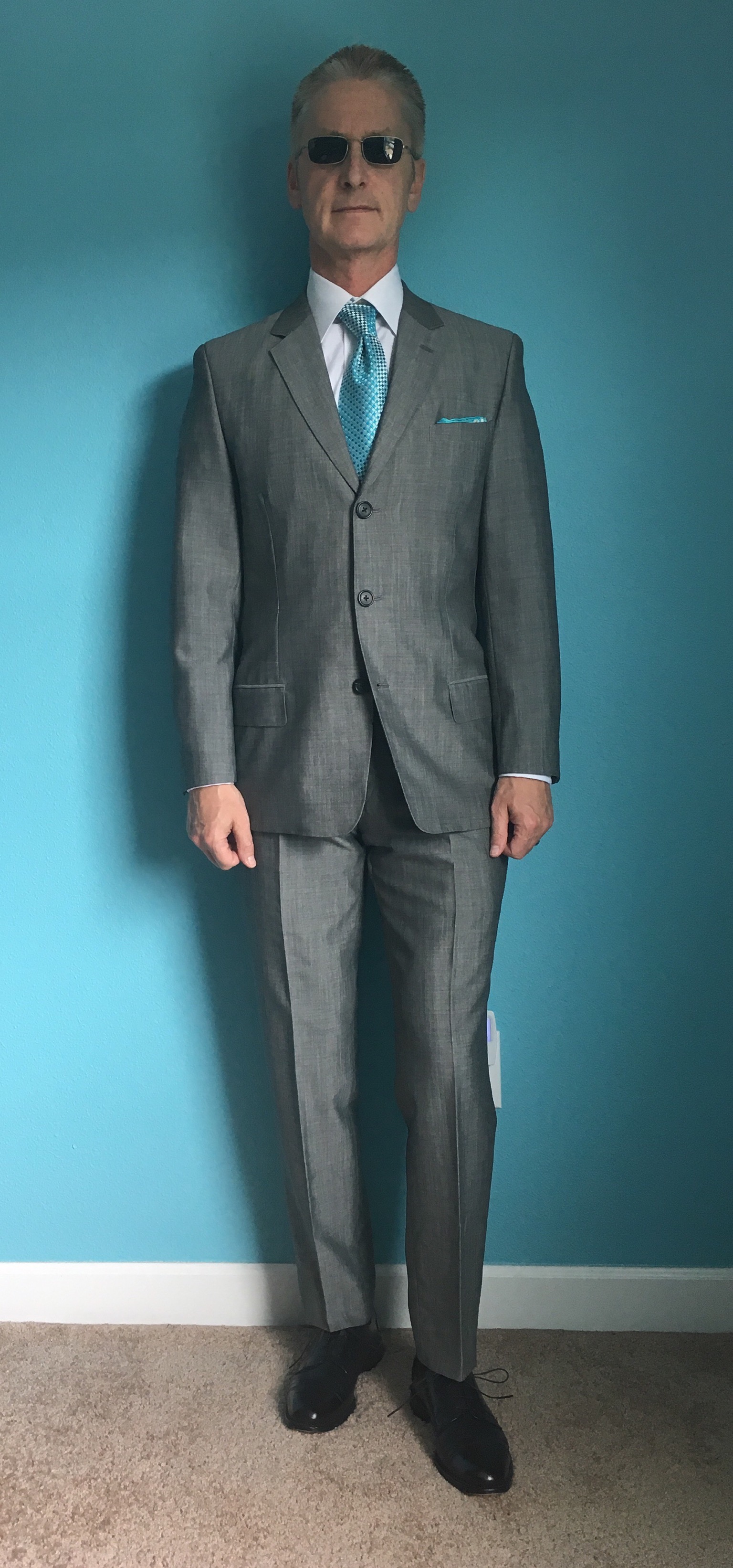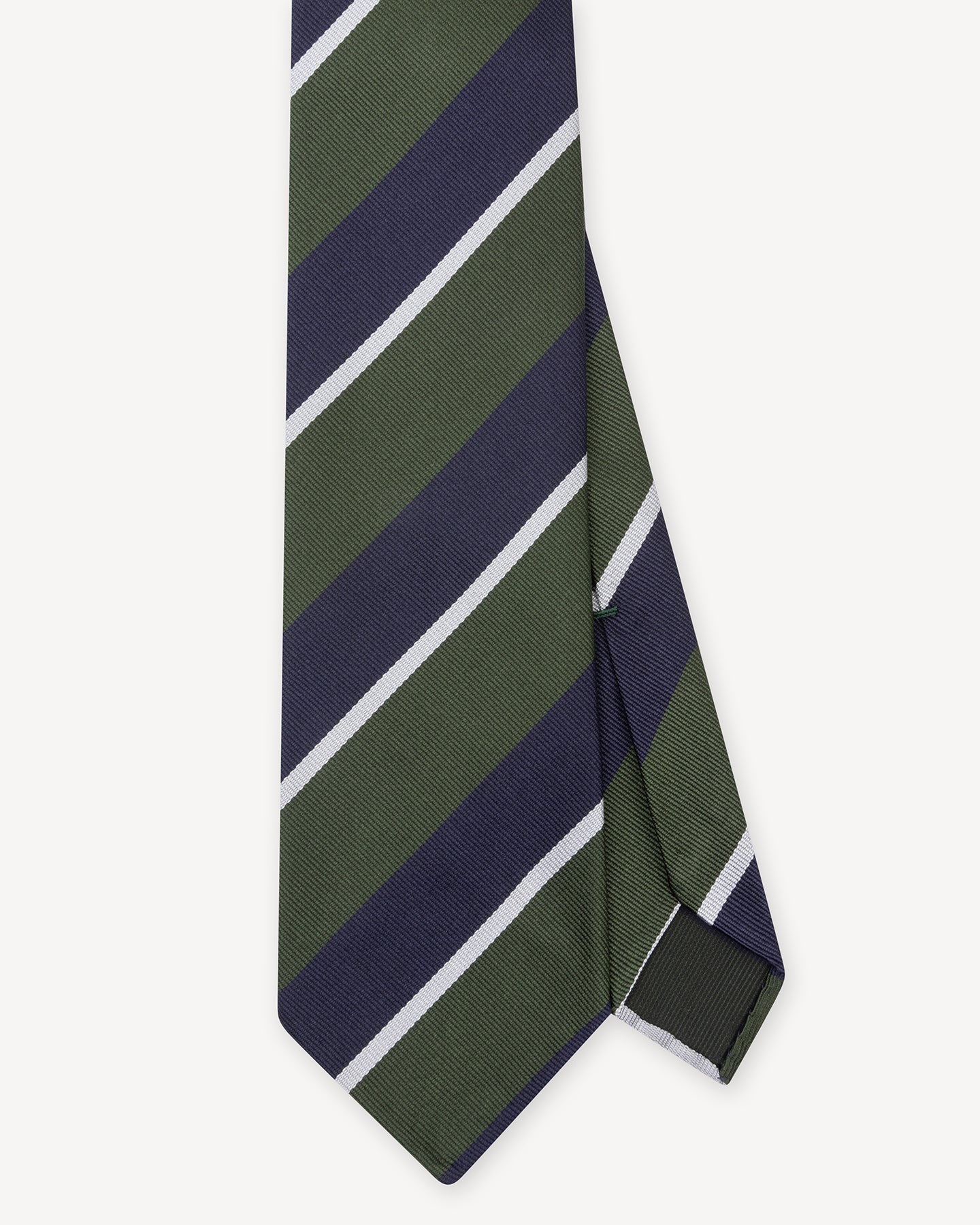TheIronDandy
Senior Member
- Joined
- Oct 20, 2020
- Messages
- 338
- Reaction score
- 1,139
I'm not really good with brands, I have a physique that doesn't mix well with ready-to-wear clothes. I'm 6'4 and I prefer longer jackets, and modern jackets tend to be a bit short even on average height people. I have everything made by my tailor. That said, I can try to give you a VERY basic overview of what to look for in a casual sport coat that goes a bit "middle of the road" (suitable for the office, but not too formal). Keep in mind, I'm NOT an expert here: I enjoy my tailoring, but to me it's a very personal thing, and I don't spend much time thinking about the rules or what looks good "in general", so others here will be more knowledgable. But I'll give you something to start with:Thank you so much for the depth of explanation, it is incredibly helpful.
Just a few queries regarding jackets, is there a particular level of formality and structure/silhouette (still very much learning about silhouette) I should be aiming for to pair with your trouser recommendations, i.e. flat fronts, moderate width and medium rise. Perhaps there might be a specific brand or jacket you might recommend, just to help me visualise things in relation to the terminology?
There are a few things to consider with a jacket: the cut (how the jacket is shaped, does it have wide or slim lapels, are the shoulders padded), the silhouette (think of the outline an outfit will have if you're back-lit, so the viewer can't see any details - the lines of the outfit) and the fabric (some fabrics are more formal than others).
Fabrics: for fabrics, you need to consider colour, surface and pattern.
Generally, a formal jacket uses a fabric in a single cold, dark, muted colour: navy blue or grey being the most common. Very formal jackets have no pattern, or a very subtle one (like pinstripe). Brown and light grey are less formal, and "rural" colours like red and green are usually even less formal. Patterns are more informal the larger/bolder they get.
I'll show you three fabrics from Fox Brothers (a very respected cloth manufacturer), they are all the same type of fairly light, airy weave suitable for the office and warmer seasons: this navy with a subtle pattern is fairly formal. The cold, dark navy makes it a classic office fabric. This medium brown is less formal: it's a lighter, warmer colour - even though it has less of a pattern, the colour makes it a more casual fabric. Finally, this patterned fabric is very informal. The large, bold pattern and lighter colour makes it a fairly casual fabric.
How smooth a fabric is also plays a part. Formal fabrics are usually quite smooth (business suits are usually made from "worsted wool", a fairly sleek and shiny type of wool), and informal fabrics usualy have more texture. Flannel and tweed are quite textured (and feel a bit coarse and "woolly" to the touch), and are thus less formal than worsted wools. A navy tweed would thus be less formal than the navy we looked at above.
I would consider getting one or two jackets in navy or brown, maybe one on a heavier tweed for winter, and one in a lighter wool for summer. Avoid anything too spectacular for your first choices.
Cut: there are a few guidelines with cuts, but the rules are a bit more blurry. More formal jackets are usually more structured: they are constructed with some canvas building up the chest of the jacket, which means it can give the illusion of a larger chest. Combined with some padding on the shoulder, these jackets can give the impression of a broader upper body, which makes you look a bit more athletic. This is one of the reasons so many people still love tailored jackets: they make you look a bit more fit. Informal jackets usually have less construction, and the most informal ones (sometimes called "soft" or "unstructured" tailoring) have no internal support at all. They are basically a shirt, supported only by the fabric. This means they hang off you and doesn't give the impression of a larger upper body. Because of this, they are usually a bit slimmer fitting as well.
Unstructured tailoring has been very popular the last 10 years or so, because it is seen as more casual. But many traditionalists on these forums still prefer some structure. I usually have my jackets made with a fairly light canvas and light shoulder padding.
Despite the popularity of unstructured tailoring, I think it's a better idea to get a jacket with some light structure, as these will both look better and give a bit more flexibility in how you wear it. Go for a moderate cut: not too wide, not too slim, not too long or too short. Something that will look "just right" no matter how the fashion swings.
There are COUNTLESS other details here, like lapel width, buttoning point, and I'm quite frankly not a good enough writer to cover it all. But to get started, moderation is the key. Avoid anything too extreme.
Silhouette: this one is harder to explain, you really need to develop an eye for it. Think about the proportions: imagine someone wearing a VERY thick puffer jacket, and skinny jeans. Their silhouette (the outline of them) will look like an apple on stilts! If you wear very wide trousers and a t-shirt, your silhouette will be enormous legs and a tiny torso. Again, think of the proportions: if you wear flat front, moderately cut trousers, you don't want a jacket that's too roomy. On the other hand, I need some extra room on my jackets to create a harmonious silhouette with pleated trousers.
Once you get more comfortable with tailoring, you can start playing with silhouettes. There can be a lot of fun stuff in contrasts, but for a capsule you want things that give a harmonious silhouette.
The guy who taught me to think about silhouettes is called Derek Guy/@dieworkwear on X - he use to be a member here too, and he posts a LOT about what makes an outfit work, and how to wear tailoring in a more modern way. He has an eccentric sense of humor, but his knowledge is top-notch. He also has a (rarely updated) website called dieworkwear.com
Other decent sources for advice is putthison.com (rarely updated, but their archives have a lot of good material, including articles by DieWorkWear), and permanentstyle.com (the actual clothes he covers are VERY expensive, but he has a LOT of good articles about things like fabrics and cuts - just ignore the advice on buying $5 000+ watches and $7 000 overcoats for now).
As for jackets, as I’ve said here recently if you started out with say a dark blue or navy blazer in cotton / linen / hopsack wool for warmer weather and a grey herringbone tweed for colder months they will be in keeping with your capsule wardrobe aim as they will pair with dozens of options as they’re ridiculously versatile but not so formal that you make you feel self conscious as ‘that guy’ in the office who’s always ‘dressed up’. And if you are? Screw ‘em! That’s their lookout if they want to be schlubs!
Duke, if I ever meet you IRL, I'm buying you a drink for that comment. Screw'em indeed! The world needs less schlubs!













